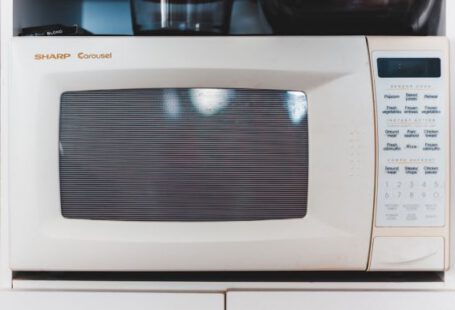Cooking has been an essential part of human civilization since ancient times. From the simple act of roasting meat over an open fire to the sophisticated tools and appliances we have today, the evolution of cooking methods has been a fascinating journey. One of the most significant developments in the culinary world has been the invention and evolution of ovens. Let’s take a closer look at the history of ovens and how they have transformed over time.
The Early Days: Open Fires and Clay Ovens
In the early days of cooking, open fires were the primary means of preparing food. People would skewer meat and hold it over the fire, or place it directly on the flames. While this method worked, it was not very efficient or practical. As societies began to settle in one place, the need for a more reliable and controlled cooking method arose.
Enter the clay oven. Dating back to ancient civilizations such as the Indus Valley and Mesopotamia, clay ovens were a significant breakthrough in cooking technology. These ovens were made from clay and shaped like a dome or a beehive. Food would be placed inside, and the oven would be heated by burning wood or charcoal. The heat would be trapped inside the clay structure, allowing for even and consistent cooking.
The Medieval Era: The Birth of the Brick Oven
During the medieval era, the brick oven made its debut. These ovens were constructed using bricks and had a more permanent structure than their clay counterparts. Brick ovens were larger, allowing for more food to be cooked at once. They were heated by burning wood, and the bricks would retain the heat, ensuring a steady cooking temperature.
One notable feature of medieval brick ovens was the addition of a chimney. The chimney allowed smoke and excess heat to escape, making the cooking process more efficient and preventing the food from becoming overly smoked or charred.
Industrial Revolution: The Advent of Gas and Electric Ovens
The Industrial Revolution brought about significant advancements in technology, and cooking was no exception. During this time, gas and electric ovens were introduced, revolutionizing the way we cook.
Gas ovens, powered by natural gas or propane, provided a cleaner and more efficient cooking method. They allowed for precise temperature control, making it easier to bake delicate pastries or roast meats to perfection. Electric ovens, on the other hand, relied on electricity to generate heat. They offered similar benefits to gas ovens but without the need for a gas supply.
Modern Times: The Rise of Convection and Microwave Ovens
In recent years, convection ovens and microwave ovens have become increasingly popular. Convection ovens use a fan to circulate hot air inside the oven, resulting in faster and more even cooking. This technology is particularly useful for baking, as it ensures that pastries rise evenly and have a golden, crispy crust.
Microwave ovens, on the other hand, use electromagnetic waves to heat food. They are known for their quick cooking times and convenience. While they may not offer the same level of browning or crisping as traditional ovens, microwaves are perfect for reheating leftovers or quickly cooking simple meals.
Conclusion: A Culinary Revolution
The evolution of ovens has transformed the way we cook and has played a crucial role in the development of culinary techniques. From the humble clay ovens of ancient times to the modern and efficient convection and microwave ovens, this journey has been one of constant innovation and improvement. Today, we have a wide range of options when it comes to cooking appliances, allowing us to explore endless possibilities in the kitchen. As we continue to push the boundaries of culinary creativity, it is fascinating to reflect on how far we have come in the world of cooking.





